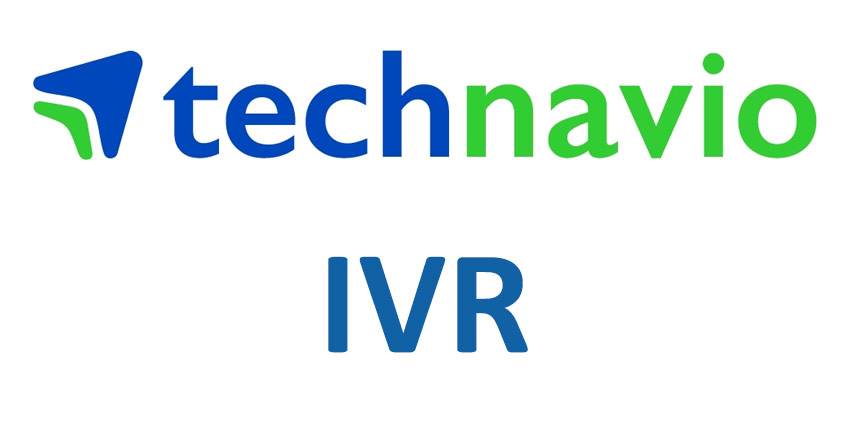Market research analysts from Technavio suggest that the IVR, or Interactive Voice Response market, will see a growth of around 13% between this year, and 2021. For those who are new to the industry, IVR systems are the solutions that give companies a stronger way of engaging their customers through various customer service solutions.
For instance, you can use Interactive Voice Response to offer product information to customers and improve company reach, by implementing them into your promotional campaigns. Overall, the idea is to give customers better interactions with brands and ensure long-term loyalty from your audience.
Examining IVR Growth
According to the recent study, IVR systems can be split between on-premises and cloud-based solutions. The report outlines not only the growth of Interactive Voice Response in the coming years but the evaluation of different factors that could be moving the sector forward. For instance, the biggest growth factors in IVR right now include:
- A desire for stronger CRM
- The need to comply with modern standards
- A higher number of calls
1 – The Desire for Stronger CRM
It’s safe to say that customer experience and brand relationships have grown increasingly more important in today’s modern business environment. If you want to differentiate yourself from other competitors in your space, then you need to give your customers an experience they’ll remember. To help improve their connection with their customer base, many companies have begun to implement CRM systems, but it’s difficult to maintain a high level of connection with all users through a CRM alone. IVR means that businesses can better respond to their customers with consistent and relevant data, ensuring that relationships remain strong.
2 – Complying with Modern Standards
A lot of enterprises today have begun to adhere to open standards, recognising how important it can be to deliver new technologies that work seamlessly alongside existing products. The arrival of “Voice Extensible Markup Language”, or VXML, has helped to boost application development in the business world thanks to improved speech recognition. The ability to use standard codes means that using IVR is simpler, and ensures that customers can integrate their systems with other vendor solutions.
IVR solutions that access VXML will be able to offer a range of benefits to their customers, including investment protection and scalability. Most IVR system providers now provide support for accepted standards, as well as semantic interpretations for speech recognition, grammar specifications, and natural language markups.
3 – A Higher Number of Calls
Finally, one of the biggest factors driving IVR adoption forward is the sheer number of calls being issued by customers in the marketplace. There’s been a huge increase in the number of calls that agents simply can’t handle alone. This means that organisations need to find new ways to manage these increased numbers of calls with the latest IVR solutions.
Thanks to new technology like speech recognition and dual-tone, IVR can help to reduce the drop-off time and hold-time for calls, improving efficiency in call centres.







